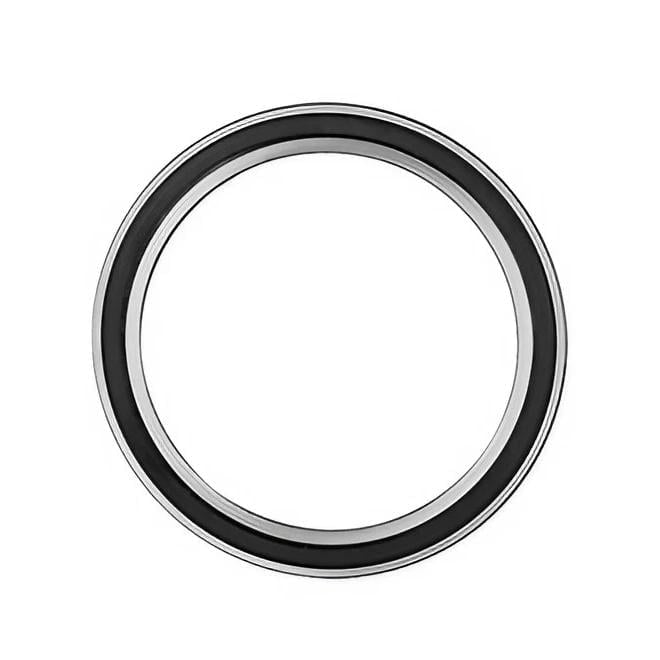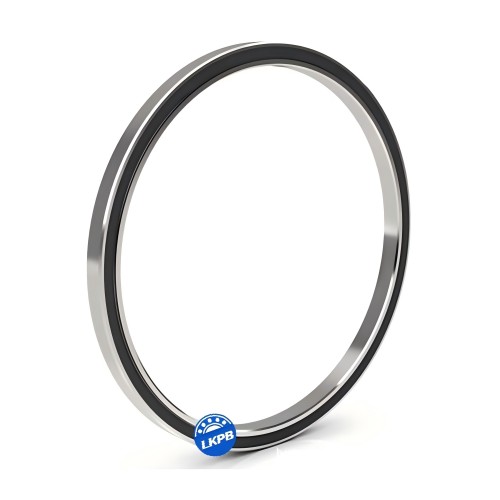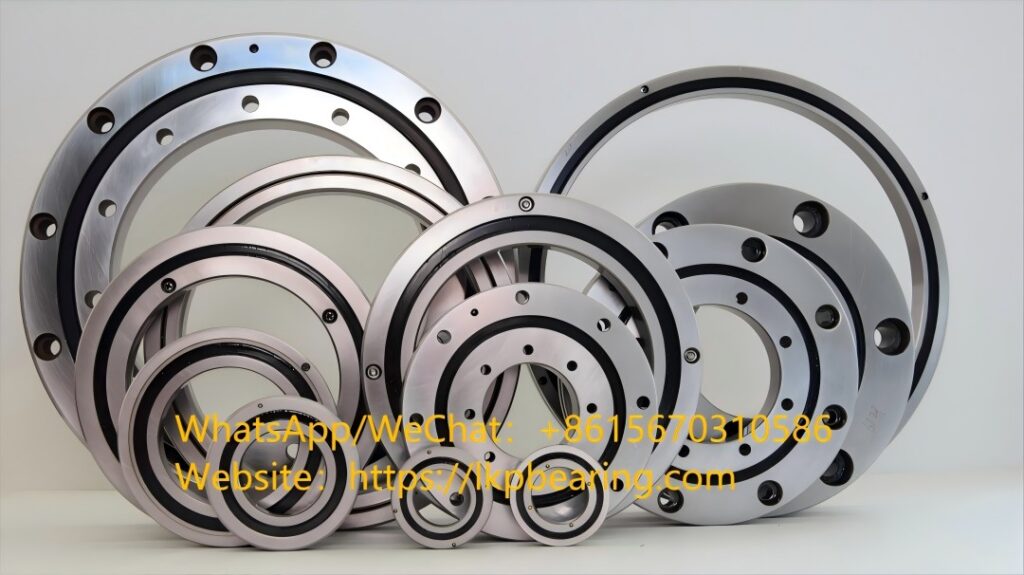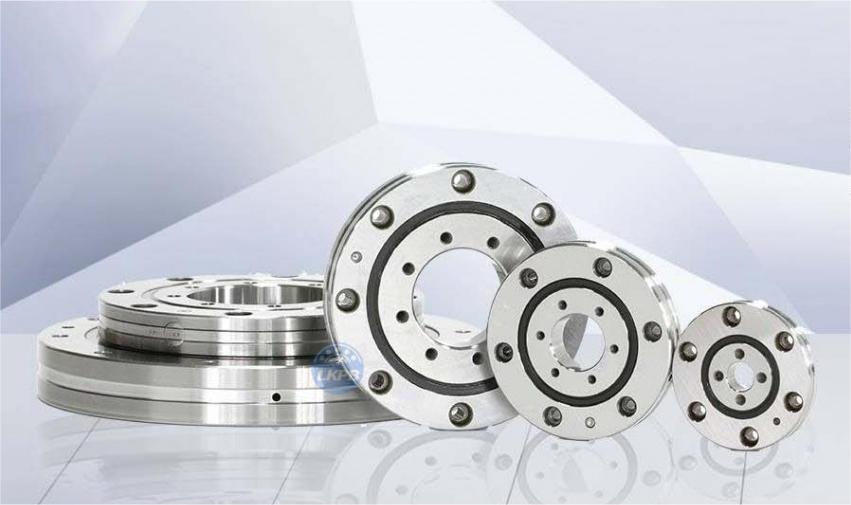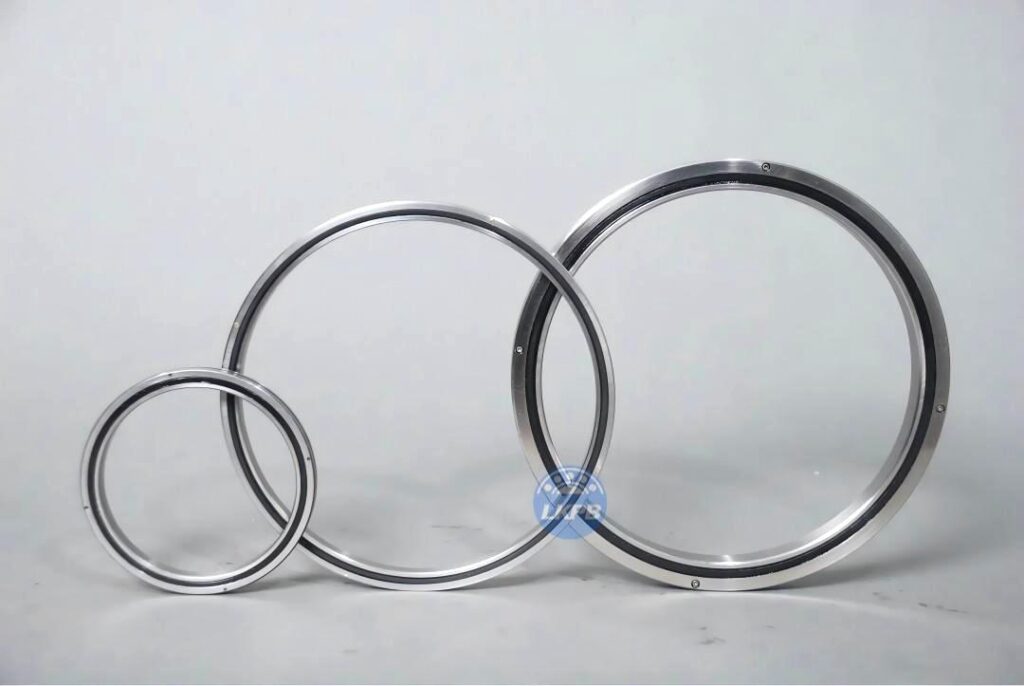Introduction
In the realm of machinery and precision engineering, thin section bearings play a crucial role. These bearings, known for their lightweight and compact design, offer substantial performance advantages. This guide will provide an overview of thin section bearings, their applications, and how to navigate their catalogs effectively.
Understanding Thin Section Bearings
What are Thin Section Bearings?
Thin section bearings are designed with a smaller cross-section compared to traditional bearings. This allows for reduced weight and space requirements without sacrificing performance. Made from various materials, including steel and ceramic, these bearings are ideal for applications where weight and space constraints are critical.
Key Benefits
- Space Efficiency: Their slim profile allows for integration into compact designs.
- Lightweight: Ideal for applications in aerospace, robotics, and medical devices.
- Versatile Applications: Suitable for high-speed and precision applications.
Applications
Thin section bearings are commonly found in robotics, aerospace, medical devices, and high-precision machinery. Understanding where and how they are used can help buyers make informed decisions.
Key Specifications to Look For
When browsing thin section bearings catalogs, it’s essential to understand the key specifications that determine performance.
Dimensions and Load Ratings
- Inner and Outer Diameter: These dimensions dictate the bearing’s fit and function.
- Load Ratings: Buyers should consider dynamic and static load ratings based on their application.
Material Considerations
The choice of material can significantly impact the bearing’s performance. Common materials include:
- Chrome Steel: Offers a good balance of hardness and ductility.
- Stainless Steel: Provides corrosion resistance for harsher environments.
- Ceramics: Ideal for high-temperature applications due to low thermal expansion.
Interpreting Bearing Codes
Understanding the coding system used in bearing catalogs is crucial for selecting the right product.
Decoding the Numbers
Most manufacturers, including LKPB, use a standardized coding system. This includes information about size, type, and design variations. Knowing how to interpret these codes can save time and prevent errors in selection.
Common Prefixes and Suffixes
Familiarize yourself with common prefixes and suffixes that indicate specific features or designs, such as:








